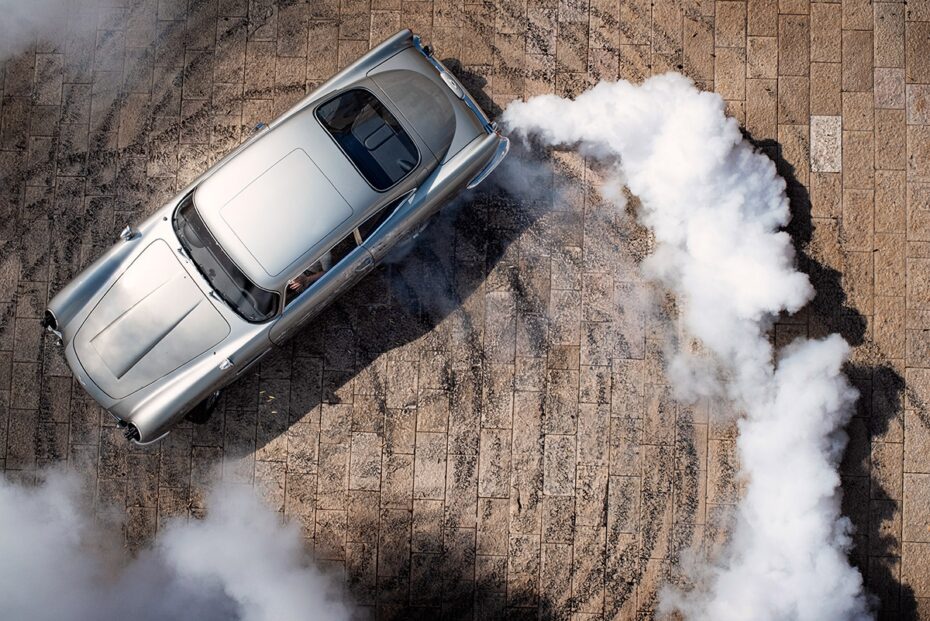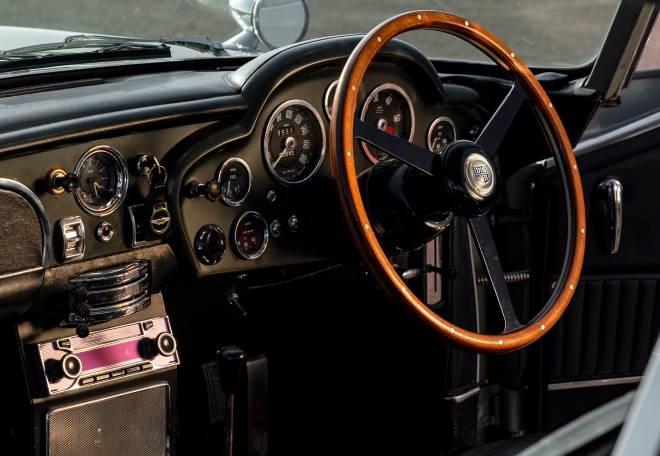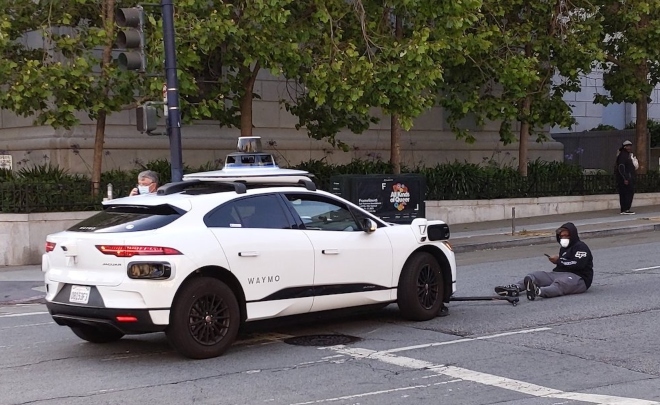Is there room for self-driving cars in luxury automobiles?


The word “automobile” entered the English lexicon in the late 18th century from French, a compound of ancient Greek cars (αὐτός), which means “self” and the Latin mobilis which means “movable”. The word originally referred to the transition from artificial vehicles that no longer relied on external energy sources such as horses, but instead relied on their own engines. Now it seems ironic that the word itself heralded the advent of truly “self-driving” vehicles.
Self-driving vehicles are increasingly becoming a reality in the automotive industry today. To be considered fully autonomous, a self-driving vehicle must both provide a path from point A to B and be able to safely navigate the route independently and without human intervention. Currently, this ongoing work relies on a combination of sensors that read the external environment (e.g. cameras, radar, lidar, etc.) and artificial intelligence (AI) to understand the feedback.
Companies developing self-driving cars range from Audi to Google, although Google’s Waymo has already launched its own fully autonomous commercial ride-hailing service, Waymo One, in collaboration with Lyft. The service is currently being tested but is currently available in the US cities of Phoenix, San Francisco and soon Los Angeles.

The technology race for self-driving cars is in line with the rise of Web3 and big data, where data is not only decentralized but also used for machine learning and AI – digitizing manual processes into automatic processes and, beyond that, obscuring layers and layers of hardware to smooth, clean surfaces that seamlessly operate a variety of software programs at the touch of a finger.
Self-driving cars are nothing short of an engineering marvel, but at the same time they challenge the definition of what makes a good car. Sustainability, traffic safety and comfort are aspects of automobile construction in which all car manufacturers want to excel. But the loss of the driver itself seems to transform the car into a completely different beast. So perhaps in the world of luxury cars we shouldn’t be asking ourselves the question of what makes a good car, but rather what makes a good car loved ones Automobile.

Photo: United Artists, Danjaq LLC.
The driver makes the car
Call it what you will: an effective marketing model or consumer-focused branding; Cars are defined by the people who drive them. It can be a bit of a chicken-and-egg puzzle to figure out which came first: the discursive image of the ideal car owner or the loyal car enthusiasts themselves. Regardless, is the relationship between cars and the people who love, own, or hope to own them , an intimate relationship – one based on the sheer euphoric act of driving.
For evidence, look no further than the most famous car in history: James Bond’s Aston Martin DB5. The DB5 has captured the hearts of many car enthusiasts since its debut in 1963, not least because of its Agent 007 behind the wheel, but also because of the meaning of driving it. Between chasing bad guys through winding cobblestone streets and driving silently from one city to the next in the middle of the night like international spies do, the films only show what the car was built to do: work like a beast.

One of the fastest cars in the world at the time, the DB5 featured a naturally aspirated 4.0-liter inline-six producing 282 hp and 380 Nm. All power was sent to the rear wheels via a five-speed manual transmission. Cornering with the DB5 is just a step away from hardcore, although in such vehicles the heavier the steering, the less effort required mid-corner. However, the engine more than makes up for this with its smooth, elegant handling at enormous speeds and lives up to the DB5’s status as a grand tourer. Even modern GTs with their sophisticated suspension geometry and adaptive damping would hardly be able to keep up with this senior when it comes to driving comfort.

At the wheel of the car there is a more than well-matched, comfortable leather seat that offers the driver a better view, as well as a generously sized, tactile wooden steering wheel paired with a pleasantly fine gear knob that ensures your driving pleasure. The pedals have also been known to be so thin that the rider feels awkward in everyday sneakers, almost as if they were asking you to put on a pair of shiny oxfords. The wind noise over the front fenders due to the lack of sound insulation is downright pleasing and reminds the driver that he is already accelerating.


The DB5 was discontinued in 1965, but received a special limited edition of 25 examples in 2020 to coincide with the release of the final Daniel Craig Bond film. No time to die – proof not only of its firm place in automotive history The Agent 007 car, but also from the love of cars that were meant to be learned, almost fought for and ultimately masterfully driven. The 2020 DB5 costs a hefty $3.6 million. Could a switch to self-driving cars be tolerated when a name as iconic as the DB5 is at the center of the luxury car? Without James Bond expertly taking the wheel, the iconic DB5 appears to be losing much of what makes it so popular.

Disruption to the automotive industry
Perhaps it is this lack of identity that defines the self-driving car. After all, autonomous vehicles weren’t made to drive – they were created to fulfill social purposes. In the United States, the National Highway Traffic Safety Administration estimates that 94% of serious accidents are caused by human error, including drunkenness or negligence. Self-driving cars are intended to be an answer to the inherent problem of human effort – the risk of failure due to exhaustion. In addition to the goal of increasing road safety, the autonomous vehicle industry also promises to help reduce carbon footprints through greater fuel efficiency and self-driving car sharing.

Autonomous trucks are being tested in the United States and Europe in hopes of improving the safety and quality of work of long-haul truck drivers, while Beijing, China is in the process of deploying autonomous street sweepers in the city. These projects are disrupting the automotive industry by fundamentally changing the way cars are designed. In this sense, cars are not made for the driver, but are intended to compensate for the driver’s inherent limitations.

However, fully autonomous cars are far from finished; there are countless reports of errors and accidents. Technology is growing, but very slowly. The problem of growth and scaling in the industry is perhaps best illustrated by Elon Musk’s Tesla in 2021, when he first announced that he would have “over a million full-size Tesla cars on the road.” drive hardware has lost its attractiveness”. Tesla stock could see a rebound this summer, but it can only be described as “volatile” and “risky.” Back in January, the price hit a 52-week low of just over $100 per share and surged more than 130% in June. Musk has been struggling with supply chain disruptions since 2021 and is seeking to cut costs to improve his margins and produce a more marketable and affordable self-driving car.

His crosshairs landed on radar technology, a core component of the autonomous vehicle’s ability to detect threats from a distance. Without radar, Teslas would be vulnerable to basic perception errors and, worse, accidents and collisions. Over the past two years, reports have mounted of Teslas misreading road signs, braking aggressively from high speeds because of imagined dangers, and even causing fatal accidents. The rush to scale and cut costs may be typical of any tech startup, but it’s almost antithetical to the spirit of the luxury car.
Luxury is durability
What’s left of the luxury car character after all the innovation and design is gone? The truth is that a true luxury car represents the unattainable. Despite their multi-million dollar price tags, the top cars in the luxury car world are as rare as fine jewels. They bring joy to driving, not so much because of the luxurious driving experience, but because most people can only dream of driving one.

Self-driving and luxury cars seem to have one thing in common: neither are intended for driving. The former disrupts what a car is by removing the driver and aiming to fulfill as many human functions as possible – a rush to innovation and creativity. The latter, however, focuses on refining what a car is by putting an individual driver’s experience at the center, striving for perfection and becoming so desirable that it becomes rare and only seen on the road when his luckier Owner decides to take it for a spin. Therein lies the euphoria of driving a luxury car and sitting in a seat that has always been popular with everyone.
For more car stories click Here.
